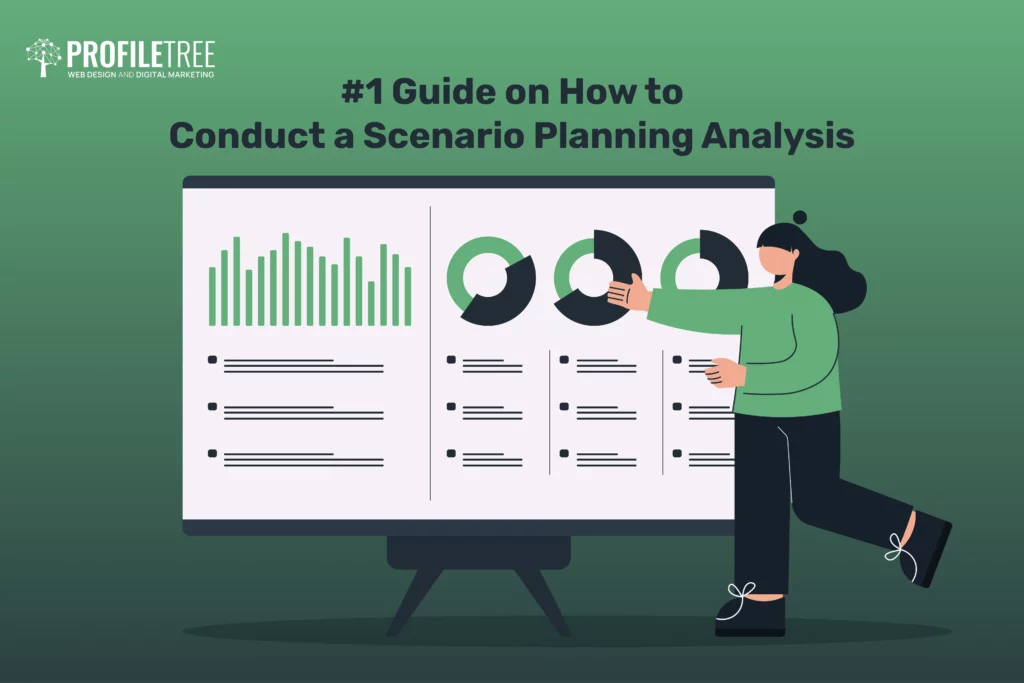Copyrighting your creative work or intellectual property is crucial to protecting it from unauthorized use and benefiting financially. This comprehensive guide covers the steps, requirements, fees and tips for securing a copyright through the U.S. Copyright Office.
With the rise of the internet, protecting intellectual property has become more difficult. As a business owner, you must know how to copyright your assets to protect your interests.
Copyrighting your creative works also opens up new revenue streams through royalties. Royalties are usually a percentage of sales that goes out to you.
Additionally, owning copyright acts as a proof of concept that makes your business much more appealing to potential investors, showing that they are funding new, unique content exclusive to your business.
It also protects you from having your work stolen.
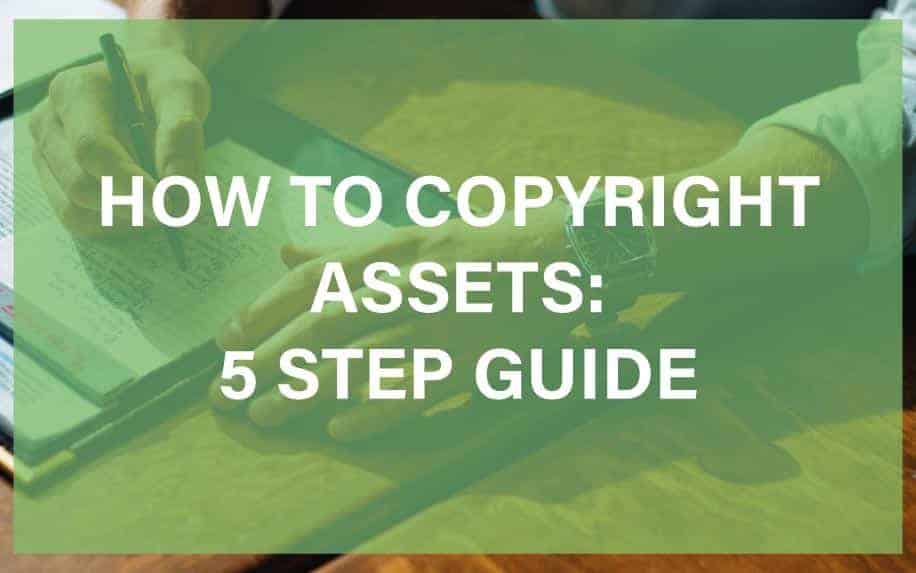
Copywriting is an essential part of any innovative content creator since others might try to copy you. It’s also one of the trickiest areas of ethics and legalities in digital marketing.
This article aims to walk you through how to copyright content and the importance of Copyright.
Table of Contents
What is Copyright Protection?
Copyright protection varies from country to country. However, the basic idea remains the same. Copyrights ensure the author’s right to claim ownership and control its use and distribution.
It is a proof of ownership that allows you to deal with anyone attempting to copy your hard work. Removing the worry related to losing your intellectual property makes it much easier for you to be creative.
By owning the copyright, you may use, reproduce and sell that content. Additionally, anyone who wishes to use your content must seek your permission and share profits. In most countries, your copyright will last for the author’s life plus 70 years.
So, now that we have identified copyrights let’s learn how to copyright content by registering it with the relevant bodies.
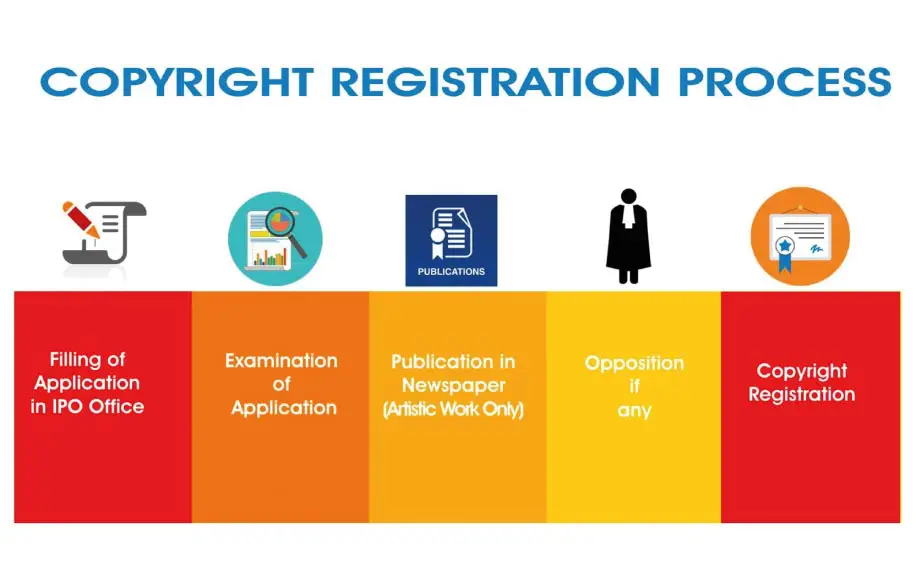
What Kind of Material Can You Copyright?
Copyright generally applies to creative works. This includes the likes of books, plays, music and images. The underlying idea cannot be copyrighted, only the final concrete work. So J.K. Rowling owns the copyright to Harry Potter, but not to the idea of a wizard school.
Additionally, scientific inventions are not covered by copyright law but by patents. Similarly, company branding is not covered by copyright but by trademarks.
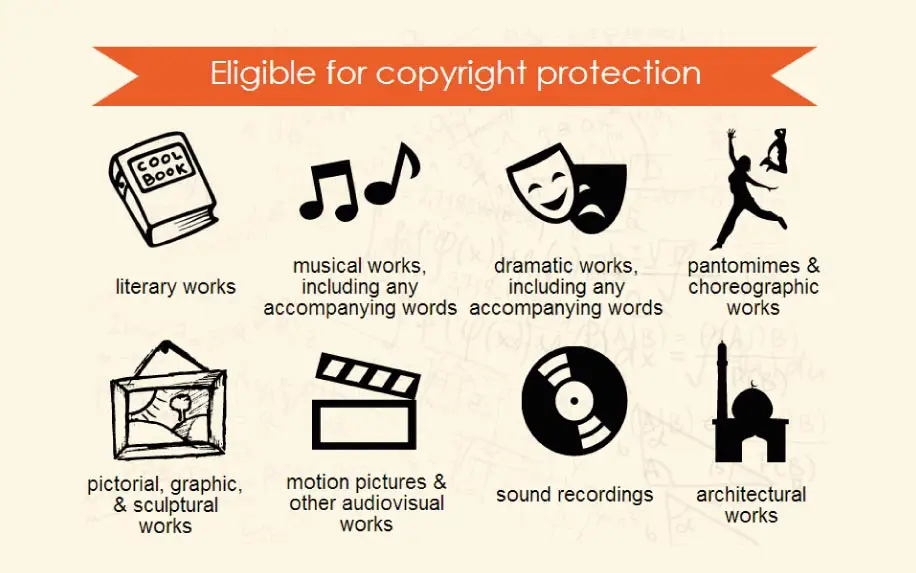
How to Copyright and Register Content
This might seem like a complicated process, but once you understand the necessary steps and the agencies involved, it becomes as simple as filing any regular paperwork. Now, let us begin with how to copyright and register your content.
Luckily, this is not a particularly complex process. Still, it’s important to know what you’re doing. Let’s take a look at how to register a copyright in five easy steps.
1. Make Sure Your Content Is Published
Before you can ask, you must ensure it is eligible. The first step is to ensure that your content is properly published in the eyes of the law.
Your content may be considered published once it is publicly available with no restrictions.
In other words, anyone who is interested in consuming your content should be able to have access to it. This can be free or paid. Sharing your work with certain organisations exclusively does not count as publishing and leaves your content at risk.
2. Let People Know It’s Protected
Despite it no longer being necessary, it is generally a good idea to include a copyright notice with your work.
A copyright notice is a reminder that your content is protected under the copyright law against plagiarism. It is a reminder that no one can reproduce, store or distribute it.
A valid copyright notice must contain the following.
- Contact details for people to reach you with any proposals regarding your content.
- The copyright icon(©).
- Date of publishing.
- Author Name(s).
3. Registering a Copyright
The actual process of registering a copyright is similar. All you need to do is fill in the relevant forms and attach a sample of your work to your country’s respective copyright office.
Registration may be done online, and once you send the necessary copies of your work to the copyright office, your work will officially be recognised and protected by copyright law.
Afterwards, your copyright will be officially recognised by the law, and you will receive your certificate containing the registration date and number of your work within 4 months.
4. How to Copyright Internationally
Many countries share similar laws regarding copyrights. However, the Berne Convention treaty was created to ensure that your copyright is protected in most countries.
This treaty entails that all involved parties must abide by their regulations, which are made to protect your intellectual property. Registering in a country that is a part of the Berne treaty means that your work is protected in all involved countries.
This makes the country you are registering in one of the most important factors regarding an “international copyright.”
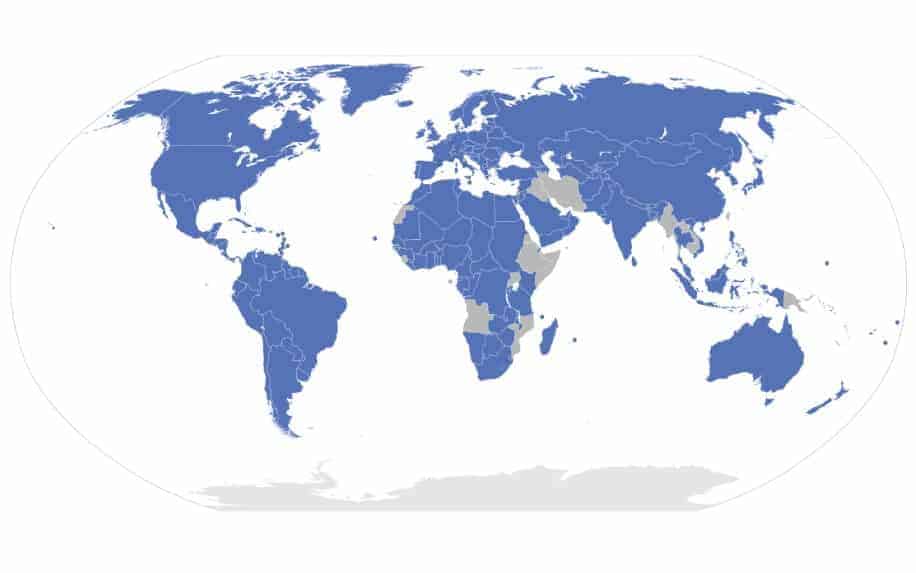
5. What Is Pre-Registration?
A recent development of copyrights to protect pieces of work that are prone to being stolen due to requiring an extended amount of time to produce.
This may be considered a temporary placeholder copyright to protect the author’s intellectual rights while still working on the content. However, the work must not be published but is being prepared for commercial distribution.
This is not an alternative to registering a copyright and merely acts as a placeholder to defend your property until your work is published and properly registered. If your product fits the pre-registration requirements, you may do so online.
How to Copyright: Key Takeaways
Registration keeps your intellectual property safe by ensuring it is not plagiarized. Knowing how to copyright might initially seem daunting, but it is quite simple.
All you have to do is fill out the necessary forms online, pay the fees, and you will be the holder of a registered copyright. Afterwards, you must include a copyright notice in your work to remind people that they may not use your work without permission.
Copyright laws have been streamlined, and thanks to the Berne Convention, they span hundreds of countries. This has made maintaining your intellectual property easy, promoting productivity and innovation.
Copyright Registration Statistics and Trends
- Over 500,000 copyright claims are registered annually in the U.S. (U.S. Copyright Office)
- The top categories registered include literary works, visual arts, performing arts, software (U.S. Copyright Office)
- Registering early improves the ability to seek damages in infringement lawsuits (LegalZoom)
Step 1: Determine Eligibility
You can copyright original literary, dramatic, musical or artistic works, including books, articles, songs, videos, images, websites, and more. Ideas themselves cannot be copyrighted, only fixed tangible expressions.
Step 2: Prepare Your Work
Fully complete and fix your work in a tangible form, like print or recording. Keep records of the creation process.
Step 3: Complete the Application.
You can register online or by mail. Include title, description, author, year, plus a copy or phonorecord.
Step 4: Pay the Fee
The fee is $45 for online registration or $65 by mail.
Step 5: Get a Certificate.
You will receive a certificate in 4-7 months for paper applications or within 2-3 months electronically.
Pros of Copyright:
- Legal protection against unauthorized reproduction and distribution
- Financial benefits through licenses, royalties, sale rights
- Control over usage and integrity of your work
Cons:
- No protection for ideas, only expressions
- Limited global reach of U.S. copyright
Copyright Assets Frequently Asked Questions
Q: How much does it cost to copyright something?
A: The basic copyright registration fee is $45 for an online application or $65 for a paper application.
Q: What exactly does a copyright protect?
A: A copyright protects original literary, artistic, musical or dramatic expressions like books, songs, films, paintings, photos, etc.
Q: Do I have to register my copyright?
A: No, your work is copyrighted when fixed in tangible form, but registration provides important legal benefits.
Q: How long does copyright protection last?
A: For works created after 1978, copyright lasts for the author’s life plus 70 years. For anonymous works, 95 years from publication or 120 years from creation.
Q: Can I copyright clothing or fashion designs?
A: Yes, clothing, garments, jewellery and fabric designs can be protected by copyright as “pictorial, graphic and sculptural works”.
Q: Is my work protected internationally?
A: U.S. copyright law applies only in the United States. For global protection, register separately in each country.
Copyright Assets Conclusion
Formally registering your copyrightable works or material provides immense value at a reasonable one-time cost. It gives you legal ownership for life plus 70 years, allowing you to protect, monetize and control the usage of your creative expressions and assets. Copyright also sends a strong message, deterring infringement.
While no system prevents all unauthorized use, copyright registration establishes your intellectual property rights, gives you recourse if violations occur, and puts substantial legal force behind protecting your work. For inventors, artists, musicians, writers and creators, it’s one of the smartest investments you can make.
